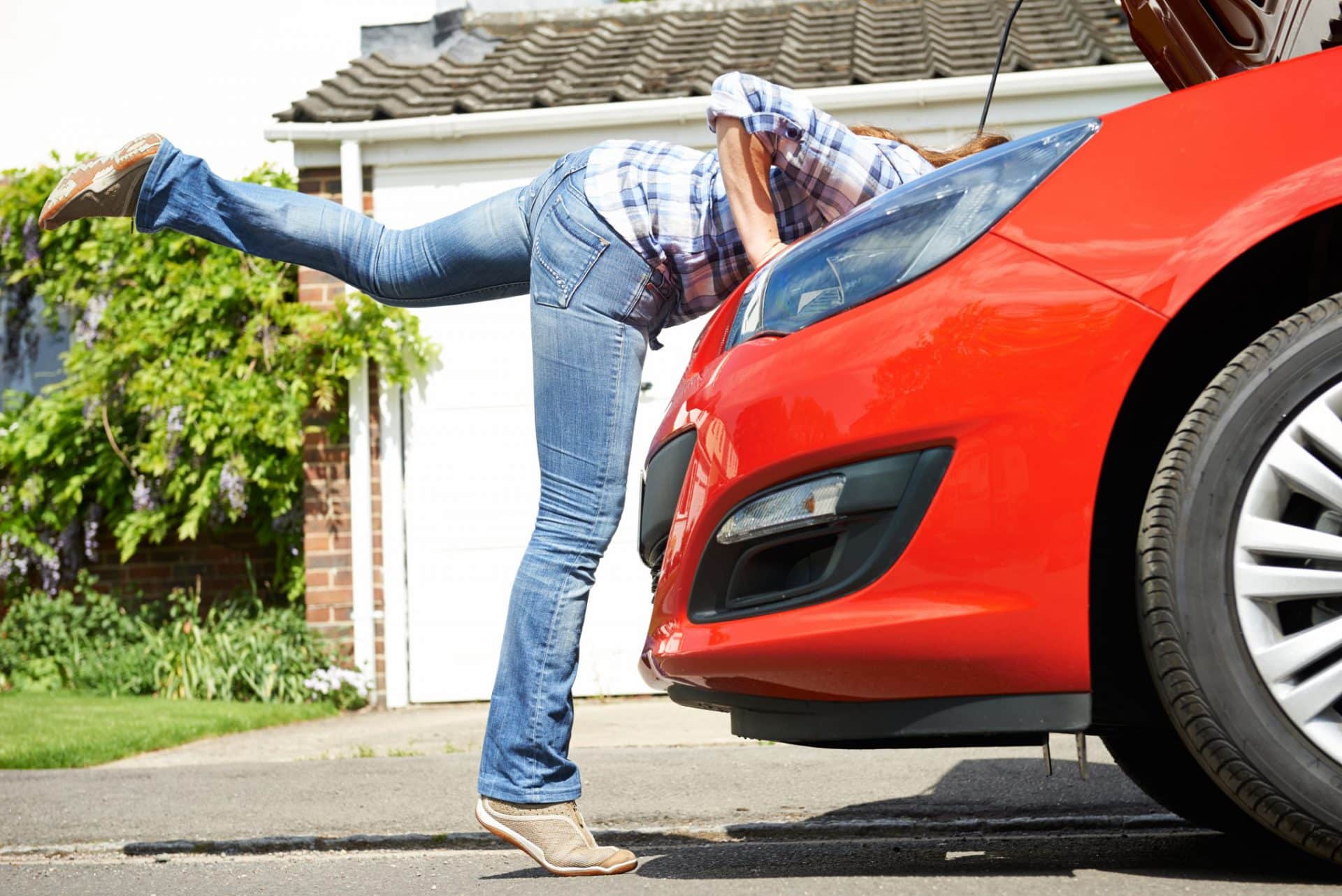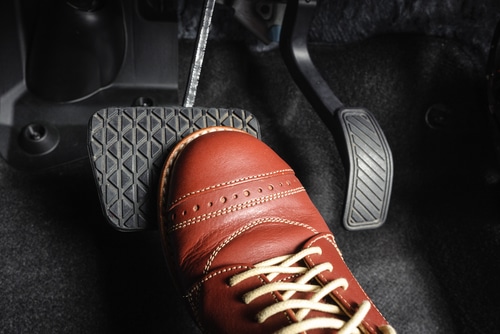Home » Blog » Car » Car Health & Safety » Common Car Buying Costs: Looking Under the Bonnet
Categories
Tags
animal welfare
breed profile
buying a car
buying a pet
Car
car accessories
car care
car features
car insurance
Car safety
car sales
car service
cat
cat behaviour
cat body language
Cat Breeds
cat food
cat insurance
comprehensive car insurance
Dog
Dog Behaviour
dog body language
Dog Breeds
dog food
Dog Insurance
dog training
eco friendly cars
Kitten
New Car
pet accessories
pet activities
Pet Adoption
pet breeders
pet days of the year
pet fun stuff
Pet Health
pet insurance
pet parenting
Pet Safety
pet services
Puppy
rescue pets
road safety
road trip
safe driving
Recent Blog:
Facebook Posts
1 day ago
Growing old sometimes means we can’t take care of pets anymore. Find out some advice on what to do when this happens:![]()
![]() Senior Pet Parents – Contingency Plans for Your Pet – bit.ly/44bzwkS
... See MoreSee Less
Senior Pet Parents – Contingency Plans for Your Pet – bit.ly/44bzwkS
... See MoreSee Less
Senior Pet Parents' Contingency Plans for Pets
www.pd.com.au
Sometimes senior pet parents need more downtime. For older pet owners, this can be tricky to navigate if their dog or cat is full of beans and wants to3 days ago
Before you rev up the engine, let’s run through a checklist of things to do before starting your car. Not only do these steps ensure your safety (and that of others around you), but they also help in maintaining your vehicle's longevity.![]()
![]() Driving Tips: Your Checklist Before Starting Your Car -
... See MoreSee Less
Driving Tips: Your Checklist Before Starting Your Car -
... See MoreSee Less
Driving Tips: Your Checklist Before Starting Your Car
www.pd.com.au
Heading out for a drive? Hold up a second! Whether you're dashing off to work, running errands, or embarking on a road trip adventure, there are a few1 week ago
Are intestinal worms setting up camp in your dog’s gut without paying rent? Here’s how to spot the main culprits and get rid of them too:![]()
![]() Preventing, Identifying and Treating Intestinal Worms in Dogs - bit.ly/43YjCKu
... See MoreSee Less
Preventing, Identifying and Treating Intestinal Worms in Dogs - bit.ly/43YjCKu
... See MoreSee Less
Preventing, Identifying and Treating Intestinal Worms in Dogs
www.pd.com.au
Intestinal worms, such as roundworms in dogs are one of the least glamorous topics on the planet. These intestinal parasites that basically use our dogsAfter saving your pennies or arranging a loan, you may be in a position to buy yourself a new (at least to you) set of wheels. But before signing on the dotted line, there are a number of costs associated with your new purchase that you may want to consider. This article by Canstar lays out four common car buying costs to think about before heading off in your new ride.
1. Before You Drive Away
Before you can drive your car away, you typically need to pay a registration fee to transfer it into your name (used car) or register it for the first time (new car). The exact amount is dependent on the car model and which state it will be registered in.
Another cost to keep in mind is stamp duty. Australia’s states and territories calculate this differently. As a general rule, the more expensive your car is the more stamp duty you’ll pay. In some states, other influencing factors include the power of your engine and whether you’re buying a new or used car. Also, ACT residents currently receive discounts on stamp duty for green vehicles.
Second-hand car: If you’re buying a used car from a private seller, you’ll generally pay stamp duty when transferring the vehicle into your name. You’ll also pay a registration transfer fee. If you’re buying a used car from a car dealer, you often have the option of a ‘driveaway price’ that includes stamp duty and registration costs.
New car: If you’re buying a new car from a dealer, they may offer you extras. Things like extended warranties, paint and fabric protection and window tinting. Consider whether these add-ons suit your needs and fit within your budget. If you’re being offered a number of ‘free’ extras, keep in mind the dealer is likely recouping this cost through the profit they’re making on the vehicle sale.
2. Insurance
In Australia, all cars must have Compulsory Third Party (CTP) insurance as part of the registration process. CTP insurance protects drivers by covering any compensation payouts if they injure or kill another person (the third party) in a motor vehicle accident.
Most states include CTP premiums within registration costs for a new or second-hand car (for the first year). However, some may let you choose which CTP insurer you go with. The costs for CTP vary between driver profiles and states and territories.
If you want more cover for your vehicle – or other people’s, in case of an accident – you can decide between third party property, third party fire and theft, or comprehensive insurance.
Unlike CTP, these types of insurance are not mandatory. However, they’re worth considering if you want to ensure you’re financially protected should anything happen to your vehicle or you cause damage to someone else’s vehicle.
Regardless of which insurance you take up, your car model will probably impact the cost of your premium. Insurers also take factors such as the car’s safety rating into account, along with a range of other factors.
There are ways you can cut back on your car insurance costs, such as taking advantage of potential discounts and tailoring cover to your circumstances. Check with your insurance provider on options available and consider reviewing your policy yearly to see if savings can be made. And be sure to shop around – you could be getting a better deal elsewhere.

3. Servicing and Repairs
Another consideration when buying a car is what you can expect to pay for ongoing maintenance (plus incidental repairs). Some car models cost more than others to fix due to their build.
For example, high-tech cars with complex electrical components typically cost more to repair than more basic models. In some cases, the rarity or country of origin of a car can also impact the servicing and repair costs as parts may be more difficult to source.
Another aspect to consider is that engine parts wear out over time, so used cars can have higher ongoing maintenance costs than new ones. Components such as tyres, battery and lights may also require replacing not far down the track. It’s important to factor in potential additional maintenance costs for the short to medium term as well as the long term.
New cars typically come with a factory warranty. Most manufacturers now offer at least three to five years or around 100,000km. This will normally cover your repair costs should any mechanical defects arise during that timeframe.
However, be aware that in many cases the warranty only remains valid if the car is serviced according to the service schedule and by an approved servicing centre. It can be worth your while to research the average costs of these services. Many popular car manufacturers offer capped price servicing for a significant period after purchase. This helps you estimate how much you should budget for regular servicing costs.
If you’re offered an extended warranty or dealer-specific warranty when purchasing a second-hand car from a dealership, be sure to read what’s included in the warranty and its clauses.
4. Fuel
A recent survey found Australian car owners were, on average, spending $71.50 a week (i.e. $3,718 a year) on fuel. The majority of Australian cars are powered by petrol and, less commonly, diesel. Either way, each vehicle performs differently when it comes to fuel efficiency. This then effects the amount you’ll spend at the bowser.
Diesel engines are on average 20-30 per cent more efficient than equivalent petrol ones. However, the purchase price of diesel vehicles is usually higher. Historically, diesel has been more expensive than petrol, however in recent years we’ve seen this shifting. And so there’s no clear winner when it comes to long-term cost. The fuel efficiency of the specific model you’re considering will play a bigger role in determining the ongoing price.
Some high-performance or European vehicles may require premium petrol, which comes at a higher price tag. Having said that, depending on the model, they may deliver greater fuel efficiency. Also keep in mind that while E10 petrol (petrol mixed with up to 10% ethanol) is cheaper than undiluted options, it doesn’t provide the same fuel economy.
Why? E10 contains less energy than 100% petrol, so you burn through it faster.
Ultimately, a range of variables impact how much fuel it will take you to drive from A to B. It’s important to factor all into your cost consideration when looking at different models.
In summary: there are a number of upfront and ongoing costs to consider when purchasing your next vehicle, above and beyond the advertised sale price. It’s important to understand the full picture of what it costs to own a car before you make your decision.
About the author: Josh Sale, Senior Research Analyst at Canstar
Josh Sale is Ratings Manager at Canstar, responsible for the continued methodology development and delivery of Canstar’s flagship Star Ratings. Josh is tertiary qualified in economics and finance, and transforms millions of rows of calculations into a consumer-friendly Star Rating.
Over to You – Common Car Buying Costs
What common car buying costs did you consider before purchasing a new ride? What were the most important to you?
Share On:




